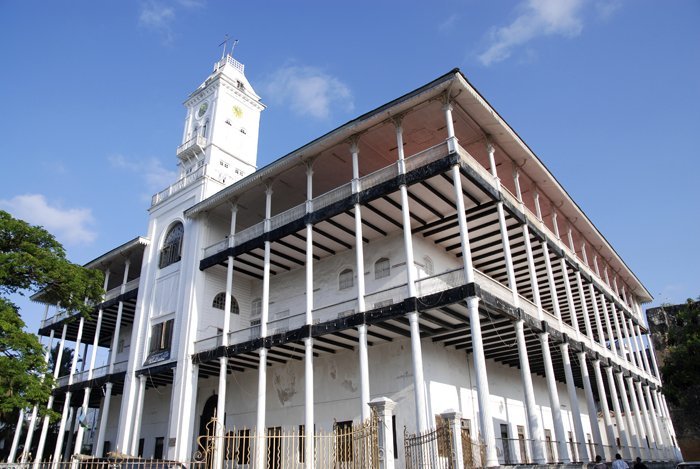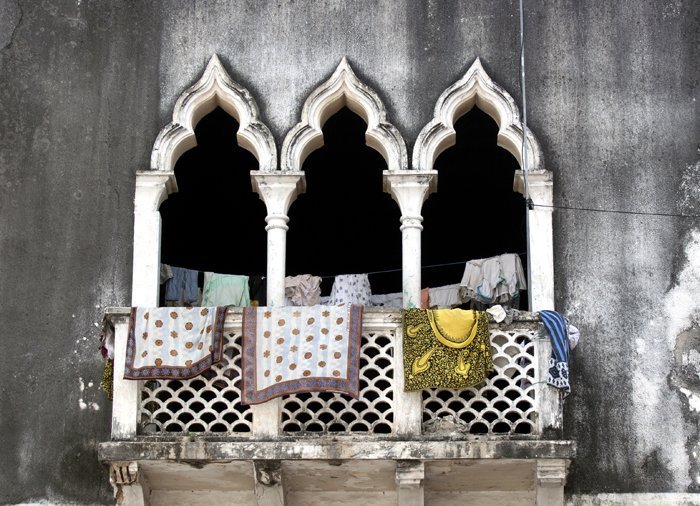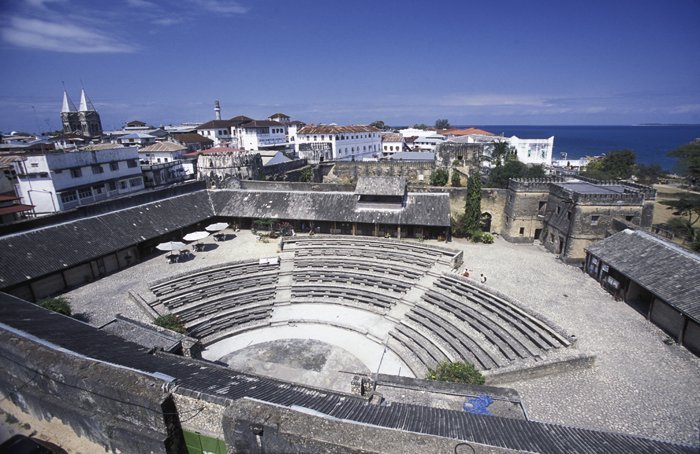Discover Stone Town
Stone Town is the name of the old Arabian part of the capital city, Zanzibar, where people from different cultures live peacefully side by side. It is known for its small, winding streets laid out in maze-like patterns between the beautiful old stone houses. Special features of the Arabian-inspired houses include the magnificently carved wooden doors and their brass fittings. Wherever you go in the city, you will catch the scent of spices and fruit from the busy markets and bazaars. You will also notice how the Arabian sultans, Portuguese seafarers and European explorers have all left their distinctive mark on the city. Here, the buildings that testify to the highly dramatic history of the island stand proudly shoulder to shoulder.
Your sightseeing tour will take you to attractions such as the elegant House of Wonders (Beit al-Ajaib), which is a former sultan’s palace dating back to 1883. Today, it houses Zanzibar’s National Museum, which presents collections of historical items from the nineteenth century and from the dhow and Swahili cultures of the Indian Ocean. You will also see slaver Tippu Tip’s palace at the end of Suicide Alley, the house where David Livingstone lived while preparing his final expedition, and The Old Fort (Ngome Kongwe) which dates from 1700, making it the oldest building in Stone Town. It was built by the Arab population to provide defence against attacks by Portuguese forces, but it has never seen action in war. Part of the fort has been designed as an amphitheatre that is now used to stage performances of music and dance, and for screening films.
Slave trade plays a prominent and tragic role in the history of Stone Town, and your tour includes a visit to the old slave market and the Anglican church. Zanzibar was actually the biggest export harbour for slaves in East Africa for many years. At the peak of this horrific trade, 50,000 Africans were sold at the giant slave market in Stone Town every year. The slave trade was finally abolished in 1837, when British forces captured the island. The first Anglican church in East Africa was symbolically erected on the site where the slave market had once stood. Beside the church, there is a museum devoted to the history of slavery, and a monument has been erected in memory of the slaves sold here.
Duration: Half-day excursion
Payment is made at the start of the tour.
| Per person from: 88 USD |




